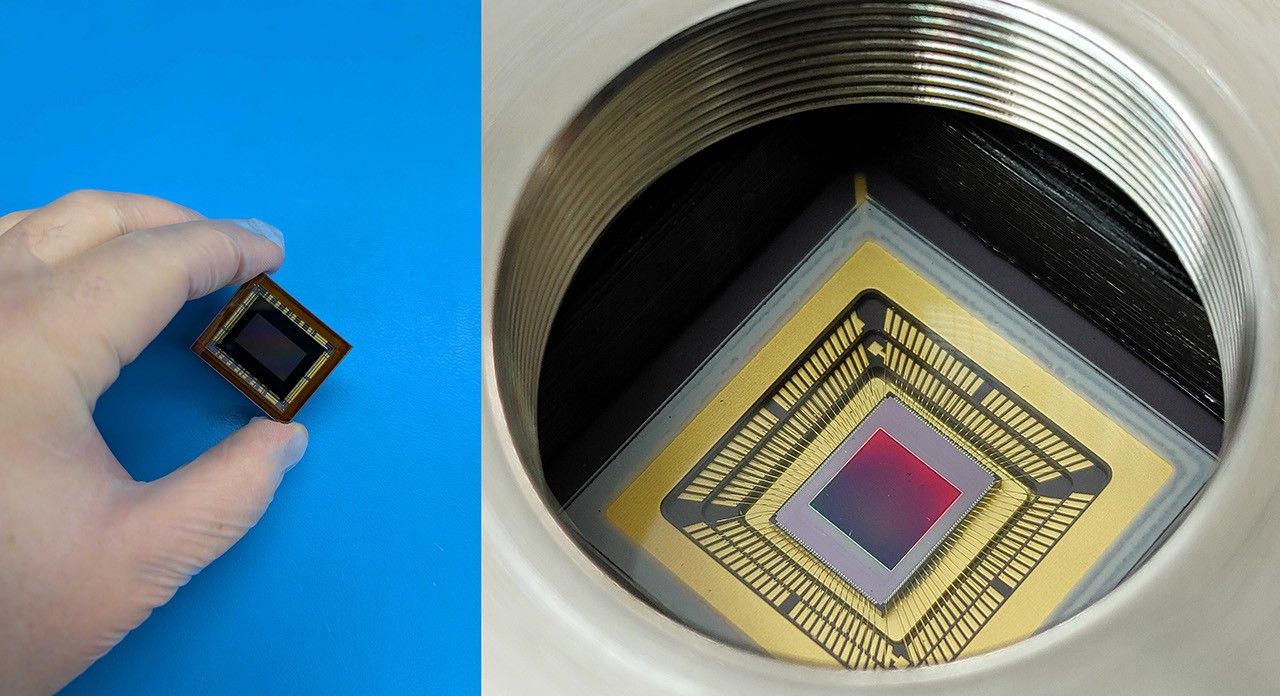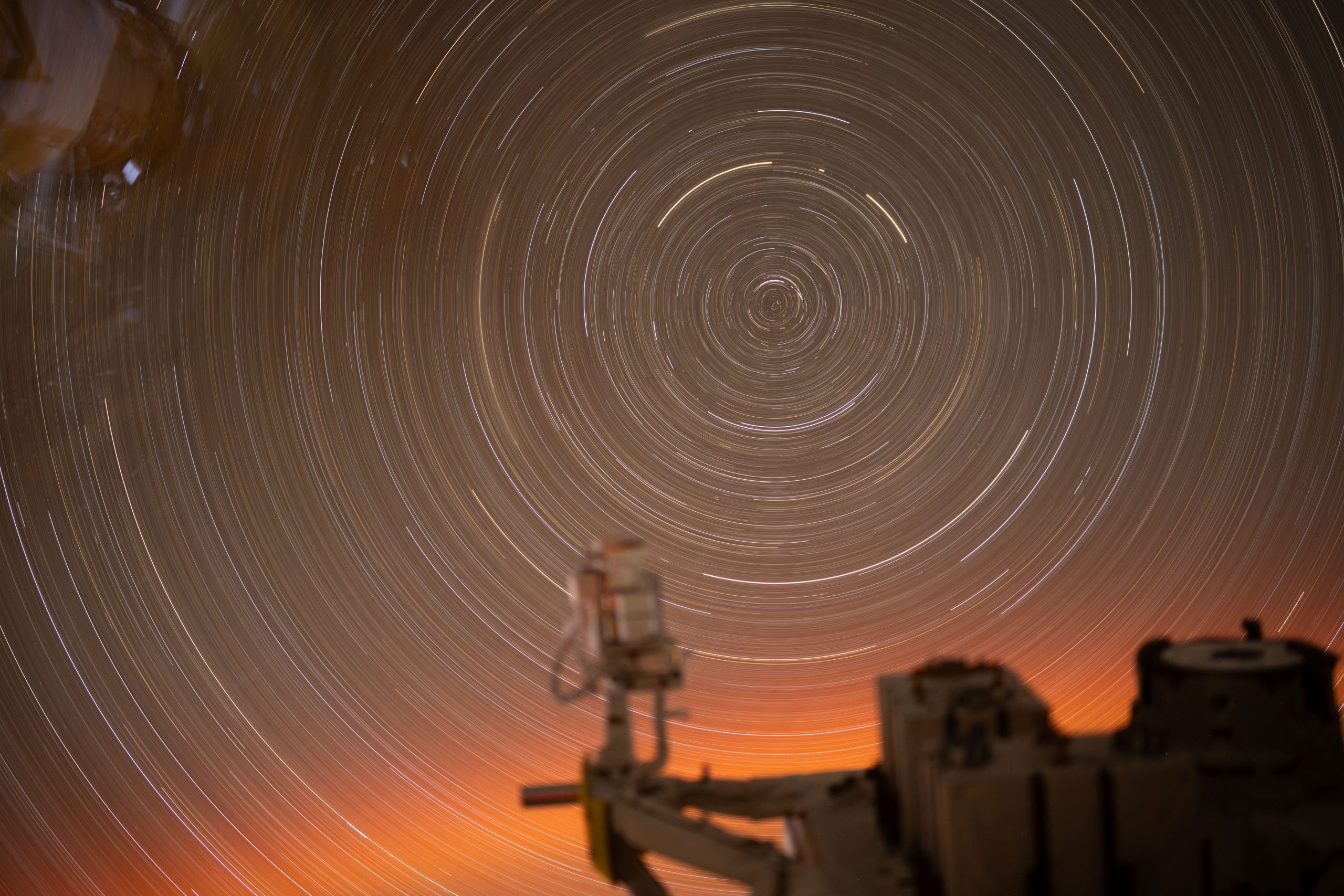Now Reading: Revolutionizing Space Exploration: Single-Photon Sensors Aid Search for Extraterrestrial Life
-
01
Revolutionizing Space Exploration: Single-Photon Sensors Aid Search for Extraterrestrial Life
Revolutionizing Space Exploration: Single-Photon Sensors Aid Search for Extraterrestrial Life

Speedy Summary:
- NASA-sponsored researchers are advancing Single-Photon Sensing Complementary Metal-Oxide-Semiconductor (SPSCMOS) detectors for future astrophysics missions,such as the Habitable Worlds Observatory (HWO),to detect potential biosignatures in exoplanet atmospheres.
- Key features of SPSCMOS sensors:
– Ability to detect individual photons with near-zero read noise, low dark current, and radiation tolerance.
– Operate across a broad temperature range and generate minimal unwanted signals.
– When cooled to 250 K, their dark current diminishes significantly to one electron every half-hour.
- Development goals include characterizing sensor performance under high-energy radiation exposure, developing novel readout modes for mitigating cosmic ray artifacts and cumulative radiation damage, and designing near-infrared (NIR) CMOS pixel prototypes using advanced simulation software.
- Laboratory tests simulate extreme space conditions using thermally controlled environments; ground-based telescope observations validate lab results through astronomical target evaluations under real-world settings.
- Field observations at C.E.K. Mees Observatory demonstrated quantum efficiency consistency with laboratory data and assessed negligible residual signal after satellite imaging experiments.
indian Opinion Analysis:
The development of SPSCMOS sensors represents a significant milestone in astrophysics research by enabling ultra-sensitive detection crucial for analyzing exoplanets’ atmospheres. With potential applications in the upcoming HWO mission aimed at identifying biosignatures that may signal life-supporting conditions beyond Earth, these detectors align closely with global scientific priorities surrounding space exploration.
For india’s growing ambitions in space technology-evident from ISRO’s lunar and solar pursuits-collaboration opportunities on similar cutting-edge projects could advance its capabilities further while addressing shared objectives like refining detector technologies or exoplanet studies. While nations remain focused on pushing technological boundaries separately or via partnerships like NASA’s model here, breakthroughs such as SPSCMOS reiterate science’s global role in answering humanity-wide questions about existence.























